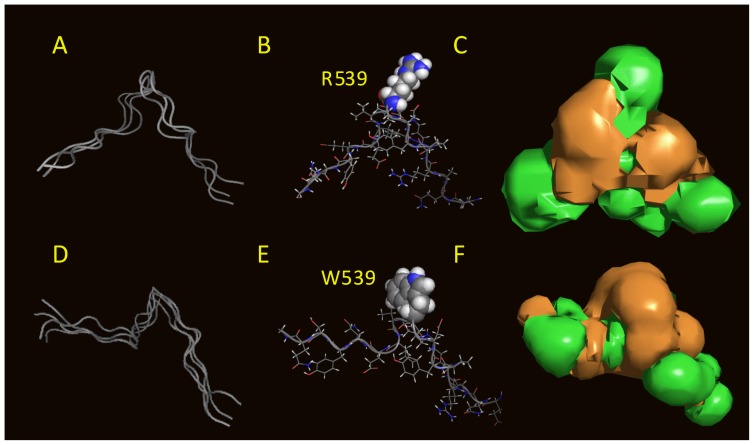Figure 6. PepLook models of the 19-aa sequence surrounding R539 and W539.
The sequences QQARKPYDVR539DVIEQYSQG and QQARKPYDVW539DVIEQYSQG were used to calculate amphipathic 3D structure models in water. A, D, the 99 PepLook models of low energy were clustered into three WT (A) and four R539W (D) lead models on the basis of backbone RMSd<1 Å. Ribbon structures of these lead models are fitted in (A and D) demonstrating their large similarity. B, E best models (Prime), with R539 in CPK for the WT fragment (B) and W539 in CPK for the mutant fragment (E). Both residues are protruding in a pin loop-like structure. C, F, hydrophobicity profiles of the WT and R539W Primes are visualized by the hydrophobic (brown) and hydrophilic (green) isopotential surface (+0.1 kcal/mol) around the molecule. The MHP profiles demonstrate, first, the rather important hydrophilicity of the models, and second, that changing R to W, transforms a very polar protuberance to an apolar one.

